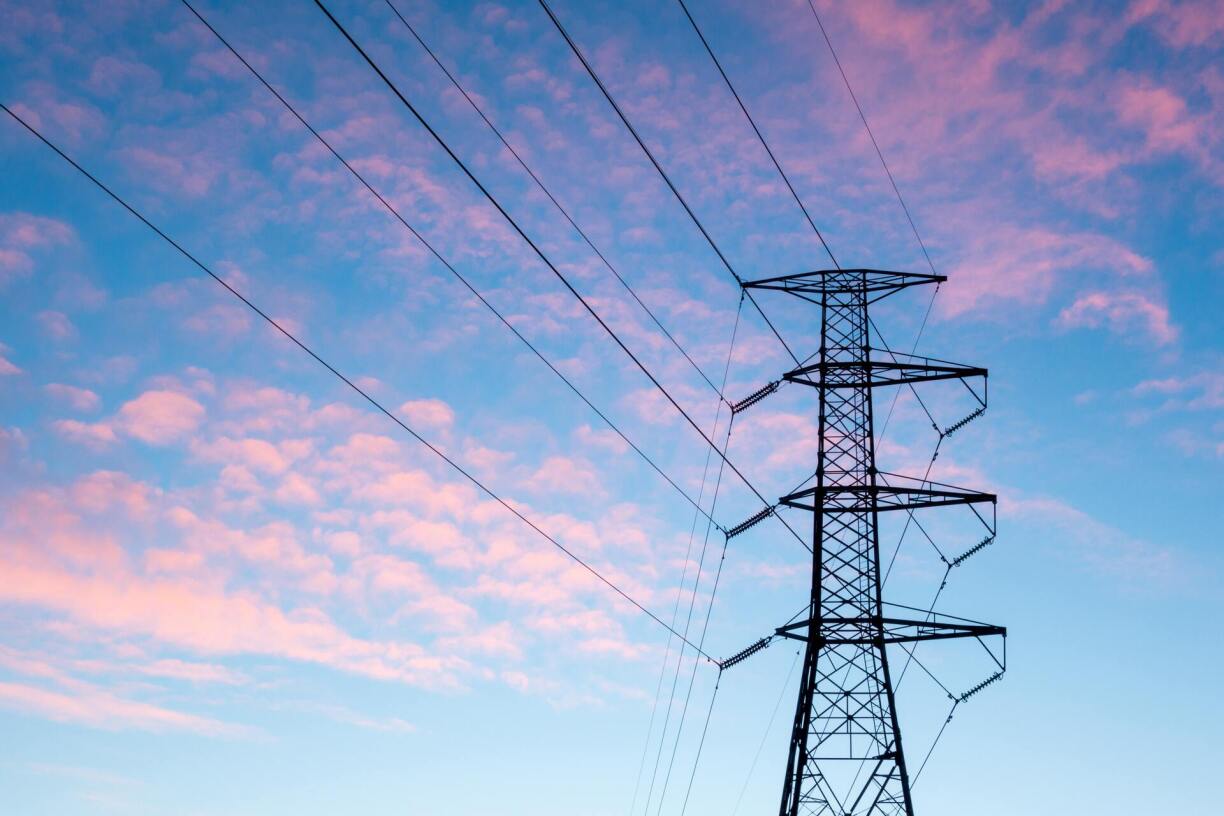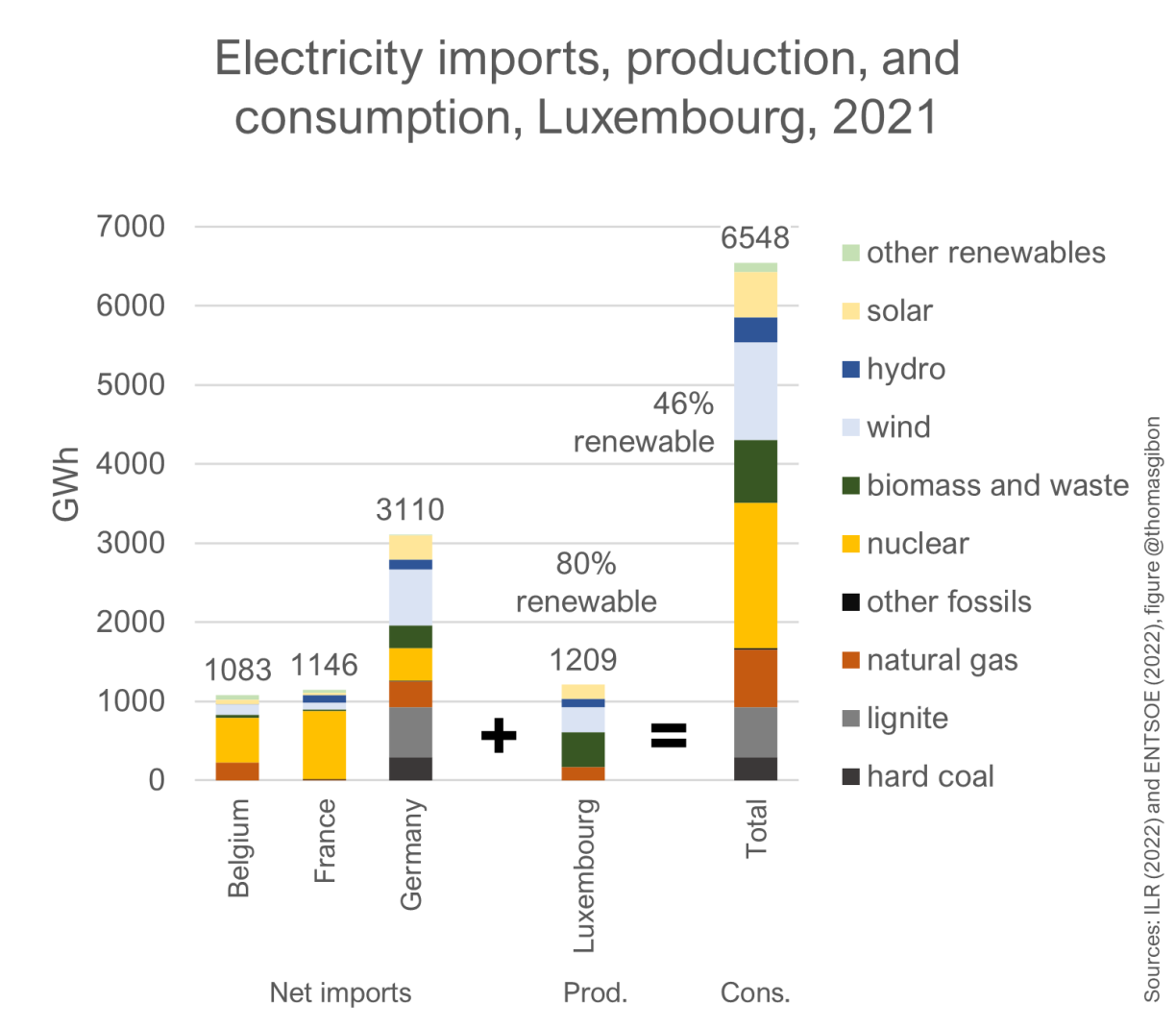
Gas prices up by 80% this autumn, and electricity prices up by 35%: it looks set to be a tough winter for household bills in the Grand Duchy.
The energy companies say that electricity prices are going up as a knock-on effect of the increase in the cost of gas, as some electricity is produced with the help of gas.
But where does Luxembourg’s electricity actually come from? This article draws a distinction between, firstly, the electricity produced in Luxembourg, and, secondly, what is consumed in Luxembourg. The latter includes energy imported from other countries such as Germany and Belgium.
These figures relate to electricity produced in Luxembourg.
Gas generates 14% of the electricity produced in Luxembourg.
This is more than France (6%), but lower than neighbouring Germany (16%) and Belgium (22%). The EU’s top consumer of gas for electricity is Italy, where more than half of electricity production relies on the fuel.
Oil makes up another 6% of electricity generation, meaning 20% of the electricy produced in Luxembourg comes from fossil fuels.
Again, this compares favourably to neighbouring Germany, where 46% of electricy comes from fossil fuels (predominantly coal). It is also slightly less than Belgium (25% from fossil fuels), but more than mainly nuclear-powered France, where just 9% of electricity is generated from fossil fuels.
80% of Luxembourg’s electricity generation is from renewable sources.
26% of the total comes from wind, 17% from solar, 8% from hydropower, and 29% from ‘other renewables’ such as bioenergy (plant matter or animal waste).
In contrast, the main source of electricity production in France is nuclear power, accounting for 69% of the total. Nuclear also dominates in Belgium, generating 52% of the country’s electricity.
In Germany, the sources are much more mixed. Coal makes up 29% of the total, but wind is catching up fast at 21%. Nuclear, which was due to be decommissioned but may now last longer than originally planned, accounts for 12%.
All data relate to 2021 figures from Our World in Data. You can explore the source data using the interactive chart above.
These figures relate to the electricity consumed in Luxembourg.
While Luxembourg produces electricity from a mix of renewable and fossil fuel sources, it actually imports the majority of its electricity. While Luxembourg can directly control the energy mix of electricity produced within its territory, it has little influence over the energy mix from abroad.
81.5% of Luxembourg’s electricity comes from abroad.
The main country it imports from is Germany (58%). Given the coal-heavy mix in Germany, it’s not surprising that Luxembourg’s consumption mix includes some energy produced from coal.
The remaining 42% of imported energy comes from France and Belgium: about an even split between them. This means that Luxembourg’s electricity mix does include some energy generated by nuclear power in these countries.
The following chart shows the energy mix including electricity imported from abroad:

As you can see, once the net imports are factored in, the picture changes somewhat.
In total, 46% of the electricity consumed in Luxembourg comes from renewable sources.
About a further third comes from low-carbon nuclear power, mainly from France and Belgium. While a small amount comes from gas-powered sources in Belgium and Germany.
All data relate to 2021 figures from the Institut Luxembourgeois de Régulation.
This article has been revised to clarify the distinction between the production of Luxembourg’s electricity and its consumption.